|
The following post was intended for publication a few days ago. However, as my finger hovered over the “publish” button, the power went off in my home due to the tumultuous Nor’easter raging outside. I lost communication with the world…no Internet, TV or phone service. It has been an interesting and challenging few days to say the least and I still have no electricity. Through the kindness of friends, I’ve been able to “recharge” and finally go online today. So here is the story as written before the lights went out! Winter is not over yet and another Nor’easter has descended upon us. So rather than gaze out the window helplessly watching the tree branches bend in a torturous rebellion against nature, I decided to transport myself to the South of France! And it was so easy; all I had to do was open a bottle of wine! My taste buds took me to Languedoc, France’s largest wine producing region extending from the Rhône valley in the east to the Spanish border in the southwest, The wine styles reflect the climate and terrain which vary with the location of the vineyards growing from the Mediterranean to the mountainous terrain more inland. About 75% to 80% of the region’s wine production is red with Syrah, Grenache, Mourvèdre and Carignan being the major players. The red wines from this region are noted for being fruit driven and full-bodied with an emphasis on blends rather than single varietals. Languedoc is also one of France’s largest organic wine growing regions. Le Domaine Fabrègues is located in the heart of Languedoc on a hillside in the village of Aspiran, with Cévennes and the Black Mountain as its backdrop. Carine Despinasse is owner and winemaker. Domaine de Fabrègues 'Le Coeur' Languedoc 2009 is a beautiful blend of 80% Syrah and 20% Carignan. The Carignan grapes are harvested from 75+-year-old vines. The color is deep garnet with a bouquet of cherry, sweet fruit, earth and spice. The palate is a concentration of black cherry, dark and juicy fruit, plum, pepper and licorice. The wine is full-bodied with smooth tannins and hints of dark chocolate and spice that linger on the palate for a very satisfying and long finish. This is an impressive wine and moderately priced! Alcohol: 14% SRP: $20 Languedoc also produces some wonderful white, rose, sparkling and sweet wines. Check out some of my stories and reviews of producers and wines in this region by clicking on the Category menu on the right-hand side of this page. I love the south of France…especially in the middle of a snowstorm!
Legend has it that Eskimos have fifty words for “snow”. And in Tamil, India there are fifty plus words that mean love. Wow! That certainly gives one many options to express themselves! Depending on the country of origin, there are different names for the same varietal of grape. For instance, Syrah, Shiraz, Sirac, Marsanne Noir and Serène are all the same varietal. 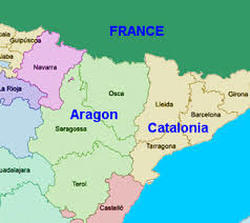 And then there is Garnacha, Grenache or Cannonau, all the same grape, but hailing from different parts of the world. Garnacha is the Spanish name for this varietal, which originated in the northern region of Spain, in an area called Aragon, bordering France. Eventually, the grape found its way to Southern France, in the region of Languedoc-Roussillon and the French called it Grenache. The grape also spread to the island of Sardinia, Italy and was given the name Cannonau. There are those that believe the grape originated in Sardinia and plantings were then taken to Spain by the Aragonese. Grenache is the most recognized name internationally and although it is grown worldwide, Spain, France, Australia and the United States have the most sizable plantings. Grenache is a red grape varietal that grows best under hot and dry conditions and ripens late in the growing season, producing Grenache-based wines with higher alcohol levels reaching up to 16%. The vines can be trellised or freestanding bush vines which are hardy and resistant to wind and drought. The skin of the berry is thin. Generally speaking, the characteristics of Grenache wines can be robust, flavorful, and juicy, exhibiting notes of red berries, strawberry, raspberry and white pepper. The wines are usually medium-bodied with mild to medium tannins. Of course, origin and terroir will help dictate how bold, fruity and complex the wine will be. The versatility of this grape is boundless and is widely used as a blending grape in such famous regions as Châteauneuf-du-Pape and Priorat, among other regions worldwide. It is used to make many rosés, fortified Port-style wines and is often blended with bold grapes such as Tempranillo. Garnacha/Grenache is also gaining momentum again as a single varietal, producing rich berry and spice flavors. Today’s focus is on Garnacha, a single varietal from Spain. Bodegas Breca, founded by Jorge Ordóñez in 2010, is located in the town of Munébrega. Ordóñez’s goal was to produce the finest Garnacha in Aragón by using the most ancient and genetically untouched clone of Garnacha in the world. The vineyards are located in D.O Calatayud, Spain’s highest region for the production of Garnacha. The vineyards were planted between 1900 and 1975 with the original clones of Garnacha in slate dominant and quartz soils. Bodegas Breca is 100% Garnacha de Aragón made from the oldest bush vine clones planted between 1900 and 1940. The color is cherry red with intoxicating aromas of ripe berries, cherry and sweet spice. The palate is layered with dark berries, plum, black cherry and pepper. This is a rich and succulent wine with smooth tannins and balanced acidity. Hints of oak, plum and pepper continue on the finish. This is most definitely a wine with unforgettable character! Alcohol: 16.5% SRP: $18 In the next few weeks I will be writing about Grenache blanc, a varietal related to the red grape Grenache.
So, whether it is Garnacha, Grenache or Cannonau, this is a worthy grape to know. Cheers! Penina To leave a comment or if you have an inquiry, please contact me at [email protected] It’s another beautiful spring day, even though it’s only February. And it is a perfect evening to take advantage of this welcome “heat wave” and grill up some fish and veggies for dinner. 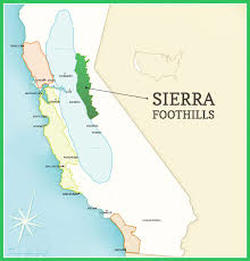 To celebrate the arrival of warm weather yesterday, I opened my last bottle of The Withers Winery 2013 Rosé from the Sierra Foothills of CA. Once the epicenter for the California Gold Rush, this high elevation and cool climate area now produces a variety of refined and beautifully balanced wines. The Withers 2013 Rosé is a blend of 56% Mourverdre and 44% Grenache. The color is vivid salmon bordering on orange with aromas of strawberry, raspberry and floral. The palate offers gentle citrus notes with lush red berry flavors and hints of minerality. A touch of lemon zest lingers on the finish. As I’ve opened each bottle of this vintage over the last year or three, I’ve taken a moment to write a quick post to share my thoughts. This is an expressive rosé that has never disappointed and I’m looking forward to trying Wither’s other rosé vintages soon! Alcohol: 13.4% SRP: $25 Andrew Tow is the founder and owner of The Withers Winery. To learn more, please visit: http://thewitherswinery.com I hope you are enjoying some good weather, wherever you may be!
Cheers! Penina To leave a comment or if you have an inquiry, please contact me at [email protected] Being that February is a short month with only 28 days, time is definitely flying by! In just a few short weeks spring will be here and for some, the slow process of emerging from winter cocoons will begin with thoughts of shifting to outdoor grilling, drinking lighter wines and preparing herb and vegetable gardens. Although the weather has been warm and quite balmy the last few days, making spring seem more attainable, winter is far from over. I have been snapped out of my reverie today as I prepare for yet another snowstorm! And bam…back to reality! No matter what the weather, I recently tasted some delicious wines that will please the palate in any season. Wines of Sicily DOC recently sent me a few bottles of wine. And you know how much I love Sicilian wine! To quote Wines of Sicily, “The mission of Sicilia DOC is to unite passionate winemakers throughout the region and together raise awareness of Sicilian wines around the world.” To learn more, please visit http://winesofsicily.com Let’s start with the Feudo Principi di Butera 2016 Insolia. The Insolia grape is also referred to as Inzolia and Ansonica. It is Sicily’s fourth most widely planted grape and grown primarily in western Sicily. The 2016 Insolia is 100% Insolia. The grapes are harvested from the districts of Butera and Riesi. The color of the wine is soft yellow with seductive aromas of tropical fruit, citrus and a tease of floral. This is a lively and medium-bodied wine that offers a juicy palate of pear, stone fruit and citrus. Hints of lemon zest, herbs and almonds round out the finish. This is a great wine to serve as an aperitif or with cheese, fruit and light pastas. Alcohol: 13% Price range: $16 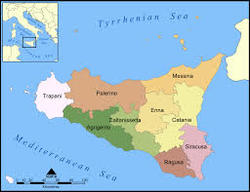 Feudo Principi di Butera’s 320-hectare estate is owned by the Zonin family. It is located in the province of Caltanissetta and extends into the ancient lands of Feudo Deliella. To quote Gianni Zonin, “I am proud that our Sicilian estate is a bastion of quality and the rural way of life, an oasis of the traditions which we want to defend”. http://www.feudobutera.it Nero d’Avola is one of the oldest indigenous grapes of Sicily. It is considered the most important Sicilian red and the most widely planted red variety on the island. The Villa Pozzi 2016 Nero d’Avola DOC is made with 100% Nero d’Avola grapes. The color is deep ruby with aromas of black raspberry, cherry, red plum and spice. This is a full-bodied wine with intense flavors of dark berries, sour cherry, fennel and hints of cocoa and sour cherry lingering on the finish. The wine is fruit forward with soft tannins and is beautifully balanced. Serve with meats, stews and lighter fare as well! Alcohol: 13% Price range: $10 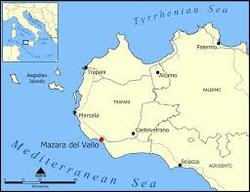 Villa Pozzi vineyards are located in the hills surrounding Marsala, Salemi and Mazzara del Vallo in northwestern Sicily. Daniele Pozzi, owner and the family’s fourth generation winemaker says, “When you open a bottle of Villa Pozzi, our hope is to transport you to a cozy Italian villa nestled in a small Sicilian town far away from the busy everyday. It’s a leisurely escape from the world outside and a journey of taste that makes any day feel special.” https://www.villapozziwines.com As I continue to make my way around the vineyards of Sicily, the quality and passion that goes into winemaking is evident in every glass of wine I taste. I’m looking forward to more “tastes of the vine from Sicily”.
Cheers! Penina To leave a comment or if you have an inquiry, please contact me at [email protected] A few weeks ago I wrote about the wine estate, Domaine Bousquet, located high up in the Gualtallary Valley of Tupungato, Argentina. These are noteworthy wines which incorporate French and Argentine techniques in the wine production. If you haven’t read the story yet, please do so at: Day 622 http://thewineknitter.com/1/post/2018/01/day-622-bonjour-argentina.html This will give you the history of the estate, a brief description of the climate and terroir and essentially bring you up to speed for the following story. Last week I had the pleasure of sitting down with Anne Bousquet for a delightful lunch and tasting of her estate’s wines. Let me start by saying that Anne is warm, down to earth and very passionate about her wines. Her enthusiasm and sense of adventure transcended itself around the table and throughout the tasting. Although she comes from several generations of winemakers, Anne’s career path originally led her in another direction. While in 1997 her father Jean was busy buying land in Gualtallary Valley for the purpose of producing organic wines and at the same time divesting all of his vineyards in Southwest France, Anne and her husband Labid al Ameri were living in Boston, pursuing their own dreams, Anne as an economist and Labid in finance. Both these skills would prove invaluable when they became the owners of Domaine Bousquet in 2011. All of Domaine Bousquet wines are made from 100% organic fruit and alway have been since Jean planted the first vines in 2000. Gualtallary has up to 7 different types of soil, but Domaine Bousquet is the only estate with sand as its primary soil. In fact, Jean bought the land for this very reason. To quote Anne, “Sandy soil makes elegant wines and that characteristic was very important to him as a Frenchman.” So, as I said in my last story, “with the benefits of cool climate, sandy soil, controlled water irrigation and healthy organic grapes, it certainly sets the stage for quality wines.” All the grapes at Domaine Bousquet are harvested manually and special attention is paid to preserving the purity of the organic fruit. We tasted five wines from the estate. Sparkling Rosé Brut N/V using the Charmat method (produced in tank). Grapes are 75% Pinot Noir and 25% Chardonnay. The color is salmon with inviting aromas of fresh red fruit, strawberry and peach that carry over to the palate. Fine bubbles, soft and foamy on the palate with a hint of citrus on the finish make this an easy wine to drink. Serve as an aperitif or with fish, light appetizers and simple pasta. Alcohol: 12% SRP: $13 Chardonnay 2017 is made with 100% Chardonnay and is un-oaked. This is an entry-level wine and part of the Premium Varietals series. The color is soft yellow with lovely aromas of citrus, fresh fruit and floral notes. The palate is softer in flavor than the nose has to offer, but the wine still delivers hints of tropical and stone fruit with good acidity. Perfect as an aperitif or with light fare. Alcohol: 13% SRP: $13 Gaia Red Blend 2015 is made with 50% Malbec, 45% Syrah and 5% Cabernet Sauvignon. The color is dark purple with heady aromas of anise, violet and dark berries. The palate offers silky tannins with dark fruit, dark cherry, hints of spice and white pepper on a long finish. This is a wine that will complement just about any dish from appetizers to dessert! Alcohol: 14.5% SRP: $20 Reserve Malbec 2016 is made with 85% Malbec, 5% Cabernet Sauvignon, 5% Merlot and 5% Syrah. The grapes are harvested from the estate’s best plots with low yields. Wine is aged in French oak barrels for 10 months. The color borders on deep red and plum with bold aromas of dark berries, spice and black plums. The palate offers soft fruit with layers of blackberry, raspberry, dark cherry and hints of chocolate and pepper. Beautifully balanced with silky tannins and a long finish. The aging potential is 5 to 6 years. Serve with meat, stews, cheese and dessert! Alcohol: 14% SRP: $18 Reserve Cabernet Sauvignon 2015 is made with 85% Cabernet Sauvignon and 15% Malbec. The grapes are harvested from the estate’s best plots with low yields. Wine is aged in French oak barrels for 10 months. The color is dark red bordering on purple with a mix of dark berry, spice and herbal aromas. The palate offers an abundance of juicy dark fruit, spice and hint of earth and cocoa on the finish. Full bodied with soft tannins. This wine will pair well with hearty entrees and aged cheese. Aging potential is 5 to 6 years. Alcohol: 14.4% SRP: $18 Anne and Labid are not only proponents of organic sustainability, but they have poured their hearts and souls into economic sustainability for the Tupungato community, helping to transform the economy. In addition to joining an alliance of local wineries to fund construction for a new road, Anne and Labid have also undertaken a project to train locals in wine growing and office work. Many of the locals were then hired and are now an integral part of Domaine Bousquet. Read more at www.domainebousquet.com
Anne and Labid and their 10-year-old daughter now live in Miami and travel to Tupungato for one week out of every month to walk the vineyards and spend time at the winery. Jean Bousquet is happily retired and content tending to his 99 acres in Gualtallary Valley and producing wine for himself! With two decades in business, a brand presence in over 50 countries and a quality to price ratio that is hard to beat, Anne summed it up in one sentence, “We just want to make high-quality wines that others can afford”. And they are doing just that! Cheers! Penina To leave a comment or if you have an inquiry, please contact me at [email protected] The other day I had the opportunity to attend a seminar and walk around tasting of many impressive Brunello wines from the Consortium of The Brunello of Montalcino Wine. Although the emphasis was on the 2013 vintage, I also sampled wines dating from 2010 through 2015. The consortium was founded in 1967 and started with a membership of 20 producers. Today there are more than 200 members of which 31 estates were represented at this event. Montalcino is located in the Tuscany wine region of Italy. Montalcino is a small wine region with 3500 acres of vineyards and roughly 250 wineries producing Brunello di Montalcino. Brunello di Montalcino was awarded the first ever DOCG designation in 1980 and is considered one of Italy’s most famous and distinguished wines. DOCG stands for Denomination of Controlled and Guaranteed Origin and it is the highest designation given under Italian wine law. 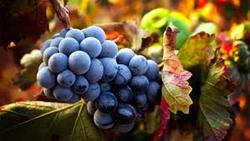 Brunello di Montalcino wine is made exclusively with 100% Sangiovese grapes (named ‘Brunello’ in Montalcino). The skin of the Sangiovese grape is thick and tends to deliver a wine that is fruit forward with bright acidity and high tannins. Of course climate, soil and production play a big part in the wine’s outcome. The village of Montalcino sits high up on a hill with the vineyards sloping downward into the valley. The climate in Montalcino is warm and dry, typical Mediterranean weather. Vineyards are planted up to 500 meters in elevation with north facing slopes experiencing a cooler microclimate and more winds, while the southern and western facing slopes are exposed to extreme sunlight and maritime breezes. The vines are planted in a variety of soils such as limestone, clay, schist, volcanic soil and galestro, all of which contribute to the difference in quality, complexity and character of the wine. DOCG Regulations require that Brunello di Montalcino age for 2 years in oak casks, 4 months in bottle (6 months for the Riserva) and bottling must take place in the production area. Brunello di Montalcino must be aged for a minimum of 5 years (6 years for Riserva) prior to release for sale. Most of the 2013 vintages I tasted were quite approachable and gentler than the more aggressive and bold Brunello I’ve had in the past. My palate was treated to a gamut of flavors such as dark berries, cherry, aromatic wood, anise, leather and spice. “Lush fruit, round tannins, quite aromatic, good structure and high acidity” seemed to be the theme for most of the 2013s with variations according to soil and plot locations. Brunello wines are impressive and I look forward to trying the 2013 vintage again in about five years!
Montalcino wines also include Rosso di Montalcino DOC, Moscadello di Montalcino DOC and Sant’Antimo DOC. I will be exploring these wines in another post. If you like collecting wines, do yourself a favor and pick a bottle or two of Brunello and tuck them away to enjoy at a future date. The aging potential of these wines is 8 to 25 years. Cheers! Penina To leave a comment or if you have an inquiry, please contact me at [email protected] One doesn’t need a special occasion to open a bottle of wine in my home. There are no hard and fast rules for those “special” bottles to only be opened when celebrating something momentous. In fact, my only reason for saving a special bottle of wine these days is because I just can’t bring myself to open it! I love the anticipation of drinking the wine, but once the bottle is empty, there’s no going back! But little by little, I’ve been opening some gems such as 1969 and 1989 Petrus, 1961 Chateau Haut Brion and 1983 Far Niente Cabernet. Let me be clear that a “special” bottle of wine as far as I’m concerned doesn’t always mean that it is an old or rare vintage. It might convey sentimentality, be a particular grape or blend or country of origin that makes it special to me. And so, I finally opened a wine last evening that I considered special. I’ve been hovering over this particular bottle since I received it several months ago. The occasion for opening this wine you might ask? “Just because” is my answer. Mille e una Notte is the flagship red wine of Donnafugata which is located in South-western Sicily. Giacomo and Gabriella Rallo, the founders of Donnafugata, wanted to create an iconic Sicilian red. With the help of Giacomo Tachis, enologist and “father of Super Tuscan wines”, they succeeded in fulfilling their dream. The first vintage of Mille e una Notte made its debut in 1995. The 2012 vintage of Mille e una Notte is an artistic blend of Nero d’Avola, Petit Verdot, Syrah and a small amount of other grapes. The grapes are hand harvested from Donnafugata’s Contessa Entellina Estate and other areas close by. The best grapes of the year are carefully selected and used for production. The wine spends 14 months in new French oak barriques and 36 months in the bottle. I decanted the wine for about one hour prior to drinking so that the flavors could gracefully emerge. This is a very expressive wine with seductive aromas of dark berries, plum, sweet spice, cocoa and vanilla. The palate is layered with dark fruit, prune, blueberry, pepper and hints of oak, cocoa and herbs. The wine is rich with silky tannins and is a perfect blend of flavors that complement each other. The finish is long and the wine is elegant! It paired beautifully with seared scallops and pasta with roasted cherry tomatoes, asparagus and mushrooms. This wine has the aging potential of 20 years, but I am too impatient to wait that long! Alcohol: 14% SRP $80 As with every Donnafugata label, there is a story. To quote from their website: “The palace shown on the label is the one where Queen Maria Carolina took refuge fleeing from Naples and was the favorite house of the writer Tomasi di Lampedusa in Santa Margherita Belice. Gabriella Anca Rallo –founder of Donnafugata, with her husband Giacomo- captures the image and embeds it into the sky from “Arabian Nights”, full of stars and full of promise. The strong and passionate character of this wine has inspired maître chocolatier Ernst Knam in his creation of the “Mille e una Notte with chili” pralines.” To learn more about Donnafugata and Sicily, please use the menu on the right to explore more stories.
Cheers! Penina To leave a comment or if you have an inquiry, please contact me at [email protected] Since my last post landed us in Argentina, I thought it would be fun to hop over to Chile, which is on the other side of the Andes. The Andes is among the world’s highest mountain range in the Western Hemisphere, running from north to south on the western side of South America separating Chile from Argentina. The Andes also borders on Bolivia, Columbia, Ecuador, Peru and Venezuela. Our stop is in Central Valley, one of the largest wine regions in Chile, encompassing about 250 miles with varying climates and soil. A variety of grapes are grown here including Chile’s icon grape, Carmenere. To refresh your memory or if you are reading my blog for the first time, here is an excerpt from a story I wrote a few months ago about Carmenere. “The Carmenere grape is a member of the Cabernet family and was originally planted in the Medoc region of Bordeaux, France. It is considered part of the original six grapes of Bordeaux. Carmenere was thought to be extinct after the European phylloxera outbreaks in the 19th century. However, the grape was rediscovered in Chile in the 1990s after having been imported there in the 19th century. Chile now has the largest area of planted Carmenere in the world. Today, Carmenere grows chiefly in the Colchagua Valley, Rapel Valley, and Maipo Province of Chile and produces the majority of Carmenere wines. The name Carmenere comes from the French word crimson. The grape is known for its deep red color, soft tannins and flavors of blackberry, cherry and spice.” Within Central Valley is a sub-region called Rapel Valley, a warm and dry region, producing about a quarter of all Chilean wine. It is sheltered from the cold by two mountain ranges, the Andes and the Coastal Range. Cabernet Sauvignon, Syrah and Carmenere are the most important grapes grown here. And this is where Concha y Toro harvests the Carmenere for their Casillero del Diablo Reserva. The soil in this area is riverbench and benchland associated. The summers are hot with mild winters and sweeping differences in day and night temperatures, all typical of the Mediterranean climate here. The growing season is long allowing the grapes to ripen slowly. Casillero del Diablo Reserva Carmenere 2016 is 100% Carmenere. The color is red violet with aromas of pulpy dark fruit, cherry, sweet spice and vanilla. The palate offers a lovely blend of dark berries, plum, cherry and dark chocolate with vanilla and pepper on a long finish. This is an expressive wine with soft tannins and just the right amount of fruit intensity. It is a great wine to serve with cheese, hearty stews and game during the winter months, but it will drink beautifully with summer fare as well! Alcohol: 13.5% SRP: $12 In fact, it was the perfect choice to pair with the vegetarian spicy Sweet Potato Chili that I made for dinner! For more information on Chile and Concha y Toro, please peruse my past stories I have written by choosing from the right-hand menu on this page.
Cheers! Penina To leave a comment or if you have an inquiry, please contact me at [email protected] It never ceases to amaze and impress me the amount of quality-focused wines that are being produced in South America. I have written many stories about wines from Chile, Argentina, Uruguay and Brazil. And as I have mentioned before, the wines are unique, filled with distinctive characteristics and many are “pocketbook” friendly! Although today’s story takes place in Argentina, it actually begins in France. Jean Bousquet and his family expand four generations of winemaking and are originally from the city of Carcassonne, in Southwest France. Their family winery and vineyards were located close by in the commune of Pennautier. 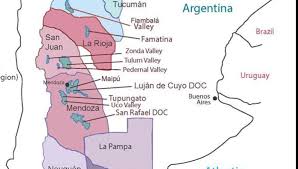 In 1990, Jean Bousquet and his family made a trip to Mendoza, Argentina, specifically to the Gualtallary Valley to learn about the region. The Gualtallary Valley is situated high up in the Tupungato district of the Uco Valley with altitudes that reach up to 5,249 ft. Bousquet was impressed with the region’s unique characteristics and qualities even though the land was barren of vines. Back then the area was considered too cold for growing grapes and the very idea of planting vines was shrugged off by the locals. However, Bousquet had a vision to turn the cool climate land into a winery and vineyards to make organically grown wines. The photos below show the land prior to 1990 and the winery today. Having divested almost everything he owned, including the family winery and vineyards in France, Bousquet purchased 998 acres in 1997 in the Gualtallary Valley in Tupungato. Sitting at an altitude of 4,000 feet, it is considered one of the highest altitude vineyards in Mendoza and the world! And so the Bousquet family began their new life in Argentina at Domaine Bousquet. “The objective of the Bousquet family was to unite our tradition of European wine making with the ideal agricultural conditions in Mendoza.” Bousquet realized from the get go that with the low amount of rainfall in this region, he would need a water source. So, in 1998 they began digging a 495 ft. well, which took two years to complete. Between the drip irrigation system and desert like conditions, they control the amount of water needed to produce grapes with lower pH, resulting in beautifully balanced wines. His first vintage was released in 2005. Bousquet’s daughter Anne and her husband Labid al Ameri, who were living in Boston, became involved with the company after visiting Argentina in 2002. After numerous trips back and forth and Labid joining his father-in-law full time in 2005, they finally moved to Tupungato in 2009. Anne and Labid became full owners in 2011, bringing with them their shared philosophy on organic and economic sustainability. With Anne’s background as an economist, she assists in financial planning, day-to-day operation management and business development. Labid has a degree in Finance and in 2005 he created the commercial structure for Domaine Bousquet, which now has a brand presence in over 50 countries. With the benefits of cool climate, sandy soil, controlled water irrigation and healthy organic grapes, it certainly sets the stage for quality wines. I recently had the opportunity to try two wines from Domaine Bousquet, Gaia Red Blend and Gaia White Blend. In Greek mythology, Gaia is the Mother Earth goddess, the ancestral mother of all life. And considering that Gaia wine is all organic, it is a fitting name. The grapes are harvested manually, barrel fermented and aged in French oak. Gaia White Blend 2016 is made with 50% Chardonnay, 35% Pinot Gris and 15% Sauvignon Blanc. The color is a crisp yellow with aromatic notes of soft citrus, floral and pear. It is fresh and lively on the palate with subtle notes of pear, citrus and green apples. The finish is dry with hints of tropical fruit lingering on the palate. This is a perfect wine to serve with oysters, seafood, cheese and fruit. Alcohol: 12.5% SRP: $18 Gaia Red Blend 2015 is made with 50% Malbec, 45% Syrah and 5% Cabernet Sauvignon. The color is dark purple with heady aromas of anise, violet and dark berries. The palate offers silky tannins with dark fruit, dark cherry, hints of spice and white pepper on a long finish. This is a wine that will complement just about any dish from appetizers to dessert! Alcohol: 14.5% SRP: $20 I look forward to trying the other range of wines that Domaine Basquet has to offer, such as their Premium, Reserve and Grand Reserve lines and single bottling Ameri Icon and Dulce.
France + Argentina = delicious wines! Simple math! Cheers! Penina To leave a comment or if you have an inquiry, please contact me at [email protected]  Whenever I see a wine store, I like to go in and peruse the shelves. It is a fun way for me to discover and learn about lesser-known wines. On this particular day, I was looking to see what the store had to offer for under $15. When I reached the Italian section, I saw a bottle of Ninety+ Cellars Chianti Riserva selling for $11.99. I must admit that I was not familiar with the label, but I was intrigued by the accolades that the wine store owner was giving it. So, I decided to purchase a bottle and see for myself. First of all, Ninety+ Cellars is a wine brand based in Boston, MA. Founded by Kevin Mehra in 2009 and with Wine Director Brett Vankoski at the helm, their concept is to buy a percentage of a winery’s production for a reduced price, bottle it in Ninety+ Cellars bottles and sell the wine for less. The website states, “We are a modern day wine négociant–working with highly rated wineries and vineyards to curate a portfolio of fine wines from all over the globe”. Every wine bottle is given a lot number and has the 90+ stamp of approval. Their wine portfolio includes Napa Valley, New Zealand, Italy, and France. Wines range in price from $10 to $40. 90+ Cellars Classic Series Chianti Riserva 2013 Lot 144 Sangiovese grapes are sourced from the Chianti region of Tuscany. The wine spends three years of maturation before release and therefore is given the Chianti DOCG Riserva label. The color is ruby with aromas of cherry, spice and floral notes. The palate offers red fruit, spice, with hints of white pepper and oregano on the finish. Mild tannins, beautifully balanced and impressive for the price. Alcohol: 13% SRP: $11.99 It’s hard for me to pass up a wine store, bookstore or knitting shop!
Have a great weekend! Cheers! Penina To leave a comment or if you have an inquiry, please contact me at [email protected] |
Categories
All
|

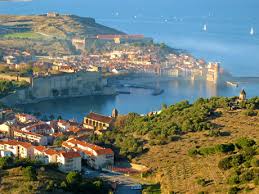
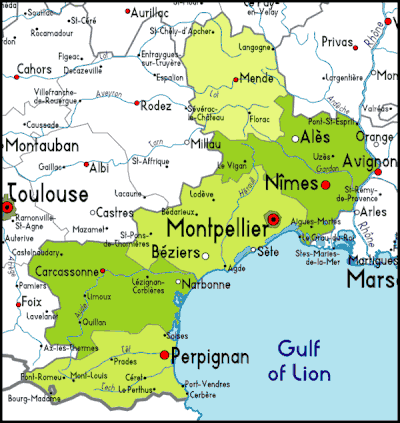
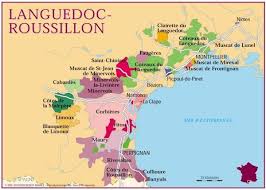
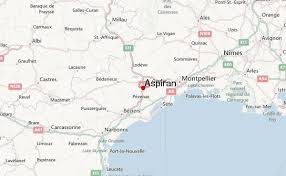
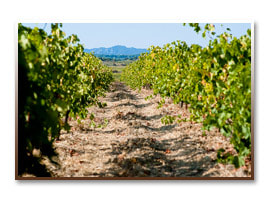
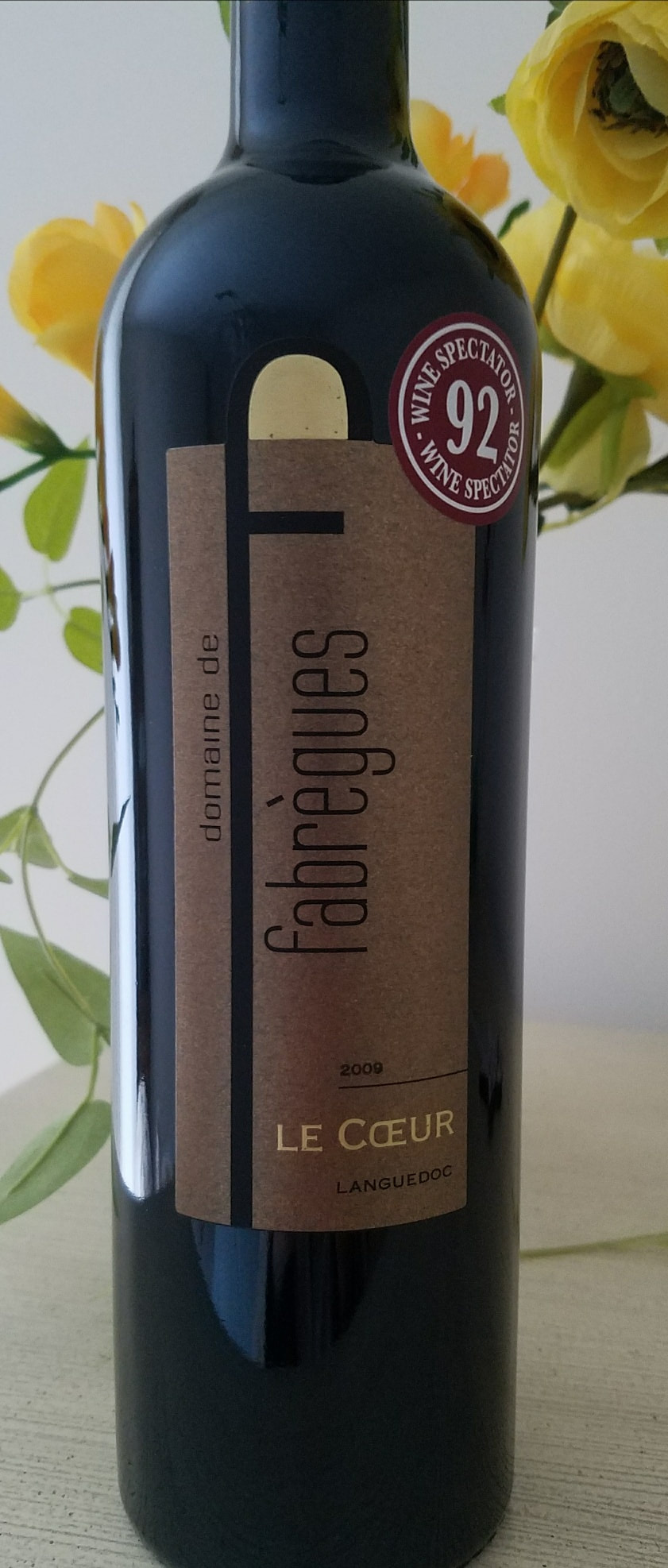
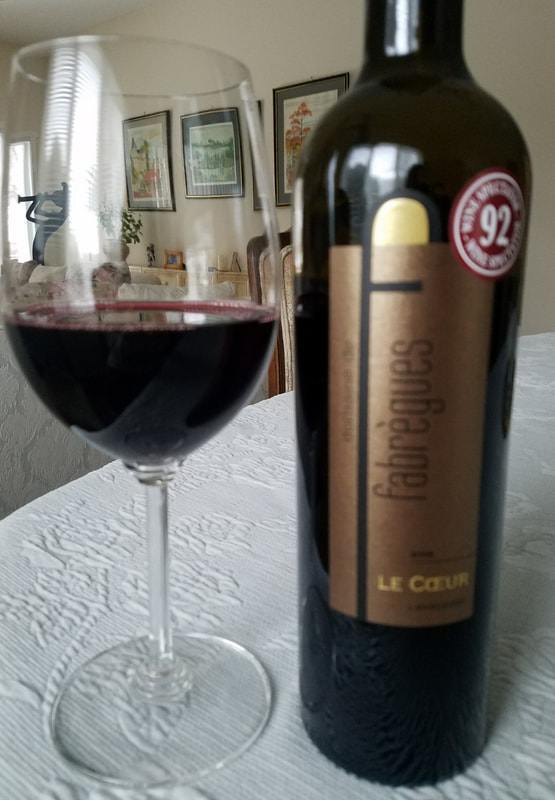



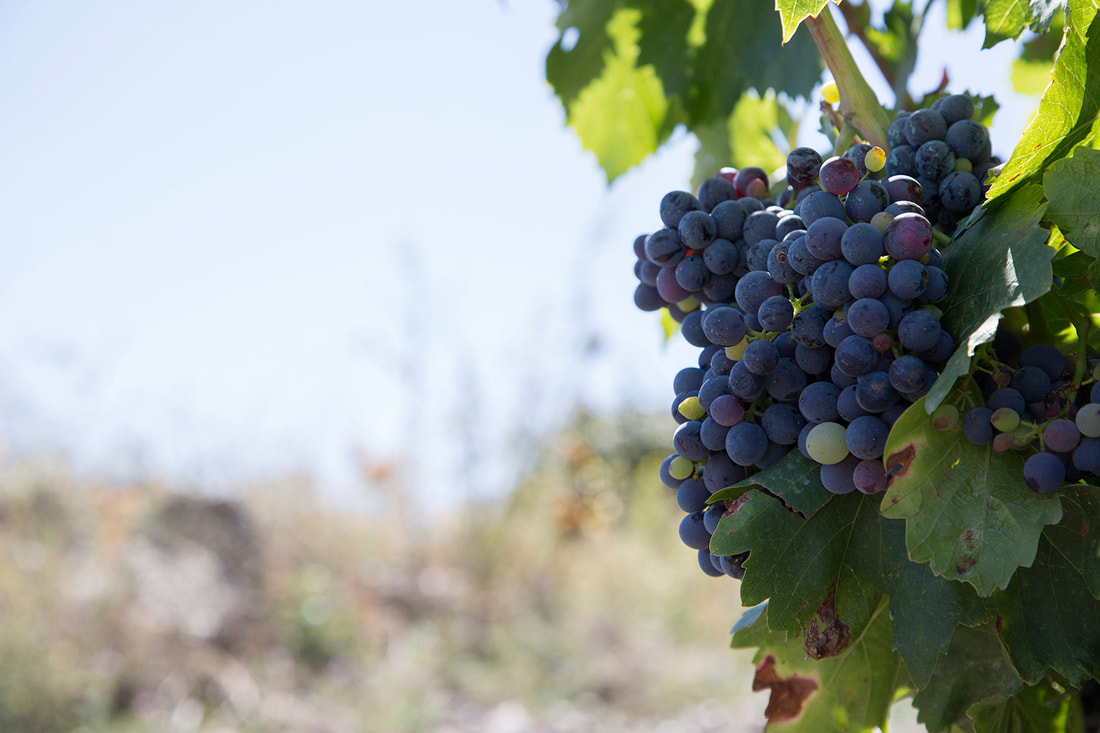
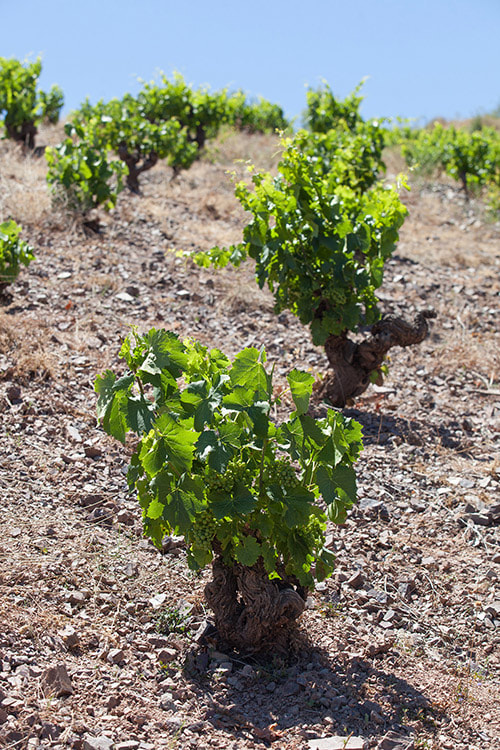
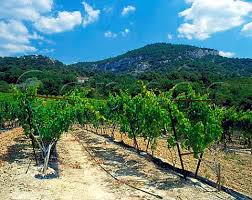
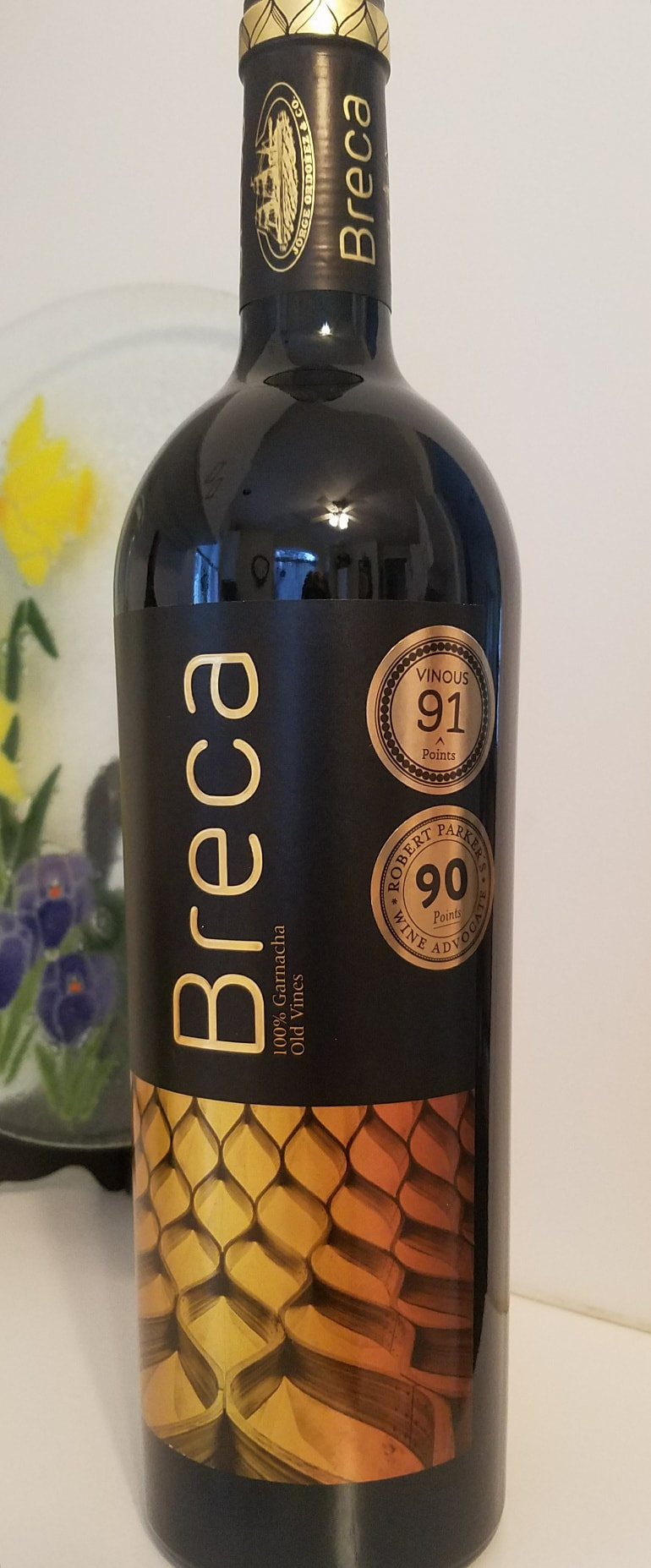
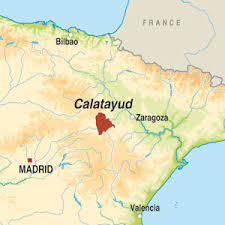
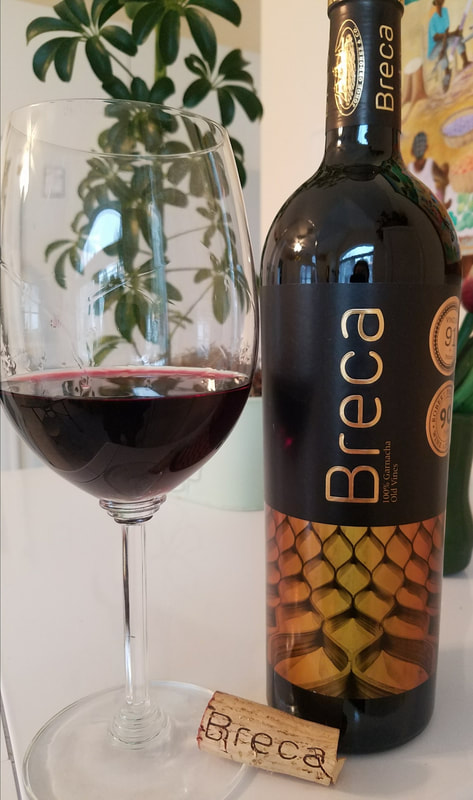
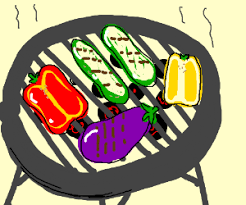
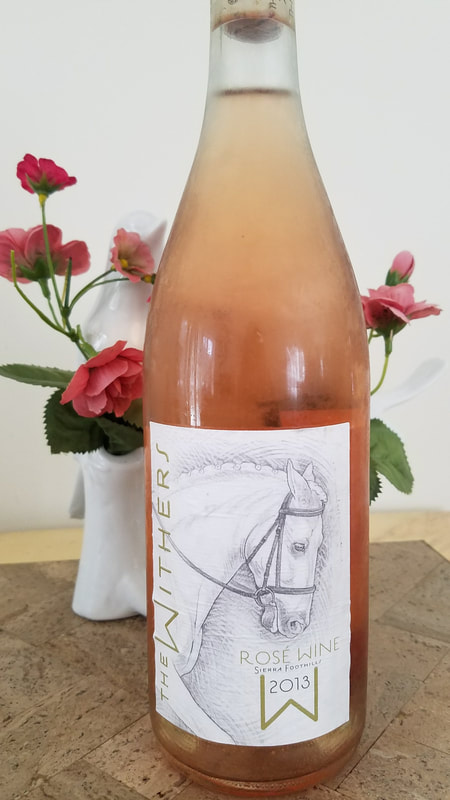
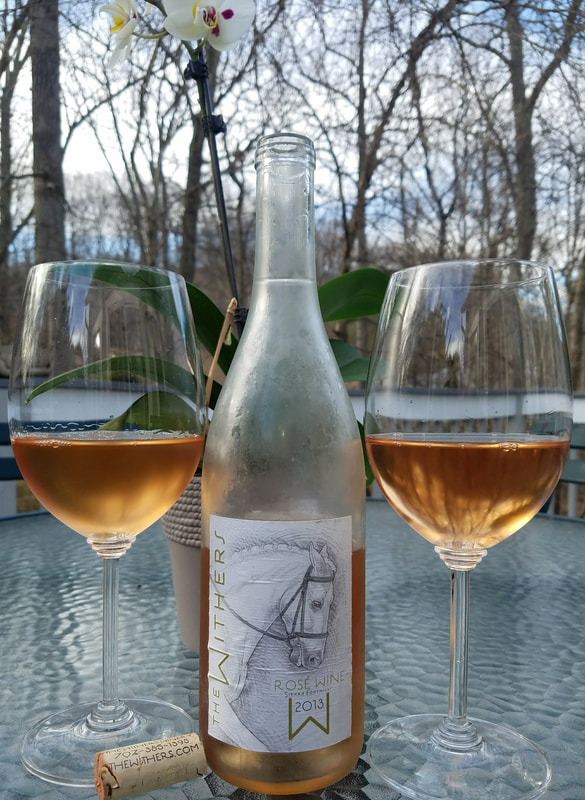
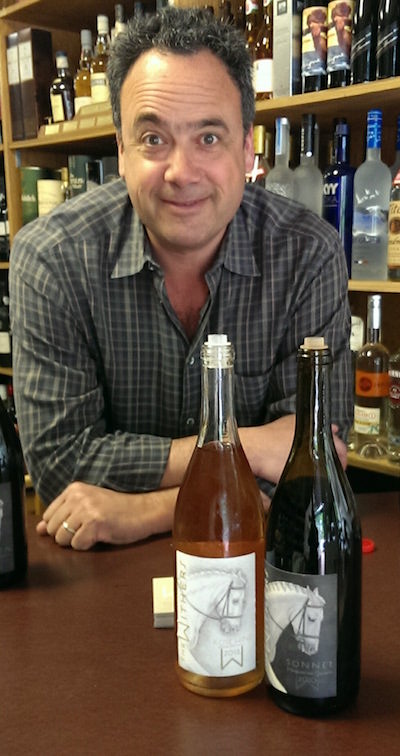
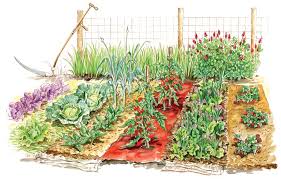


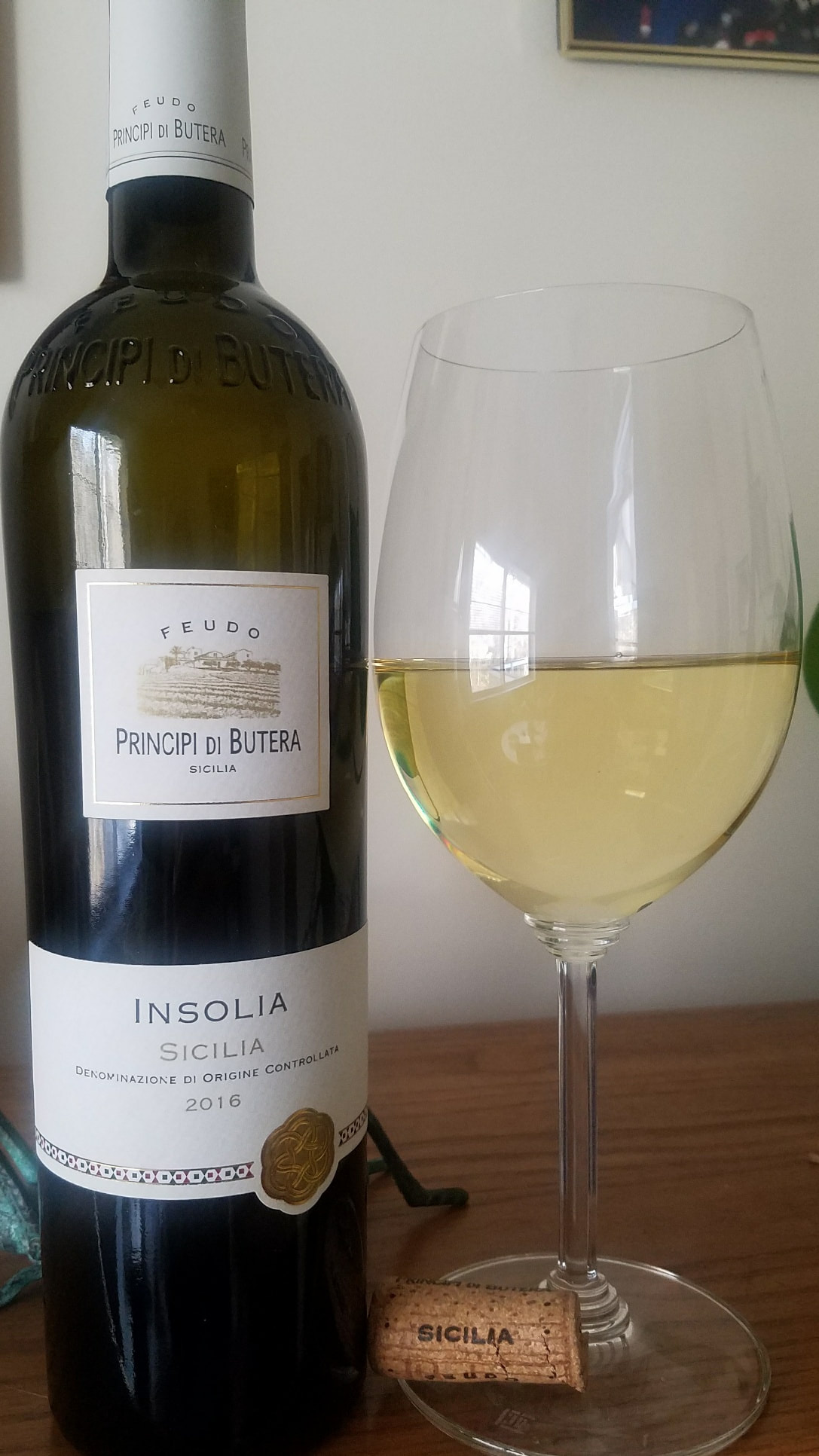
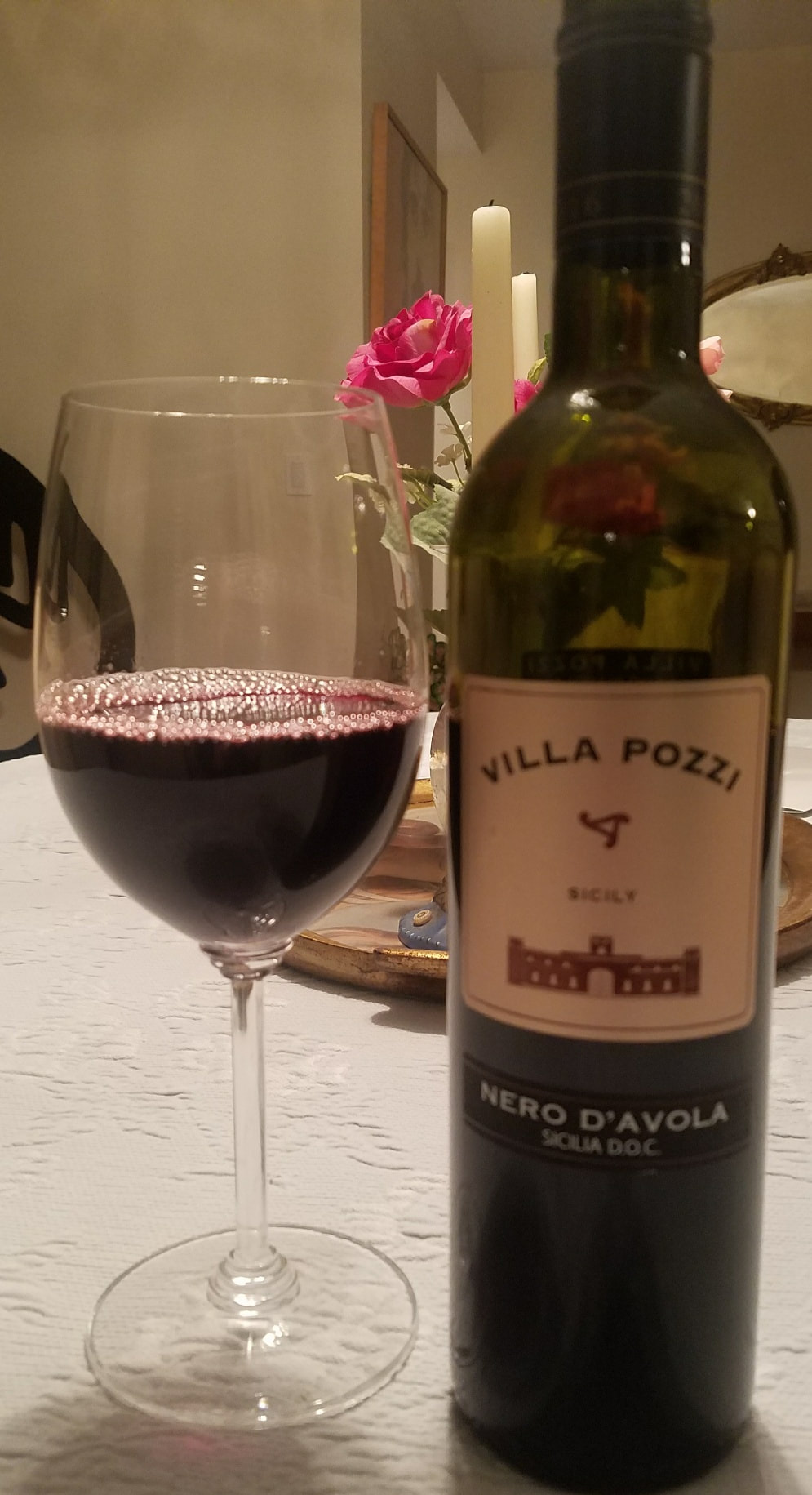
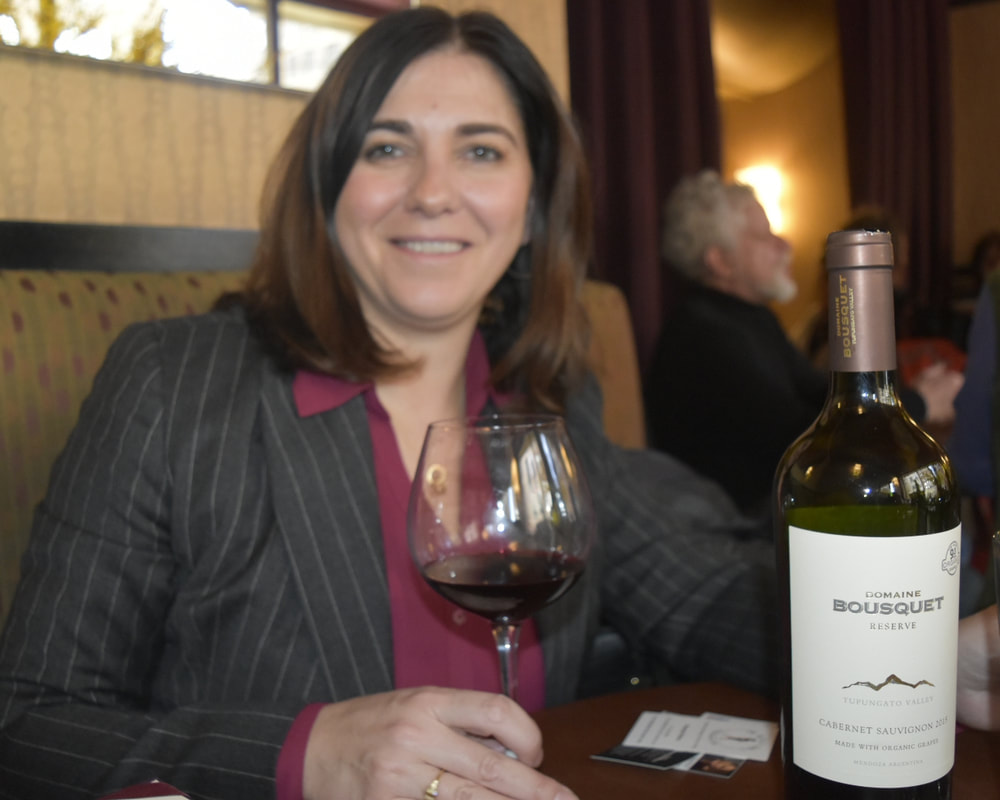
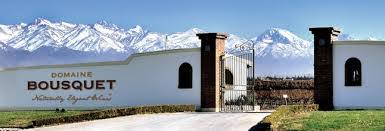
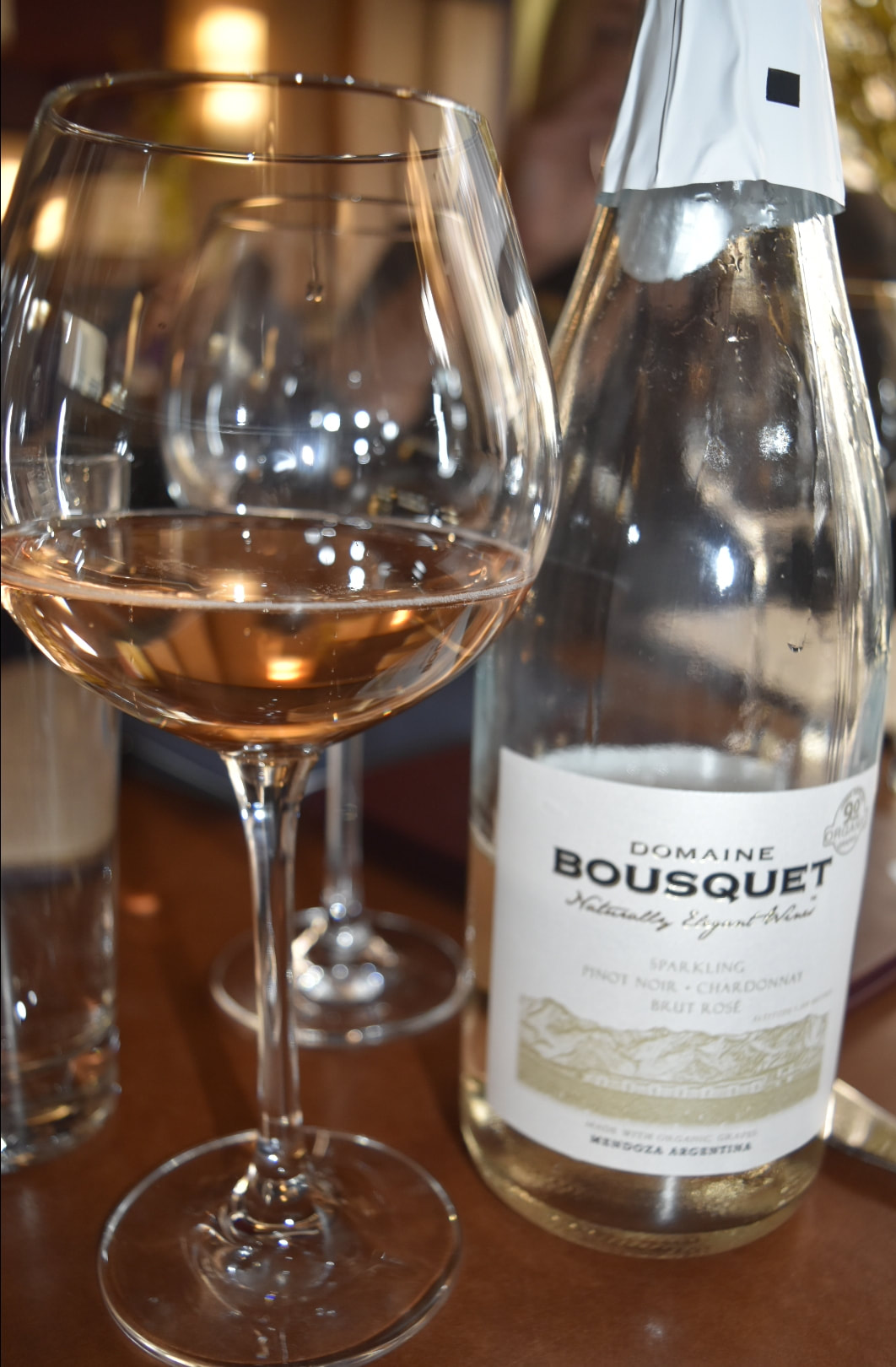
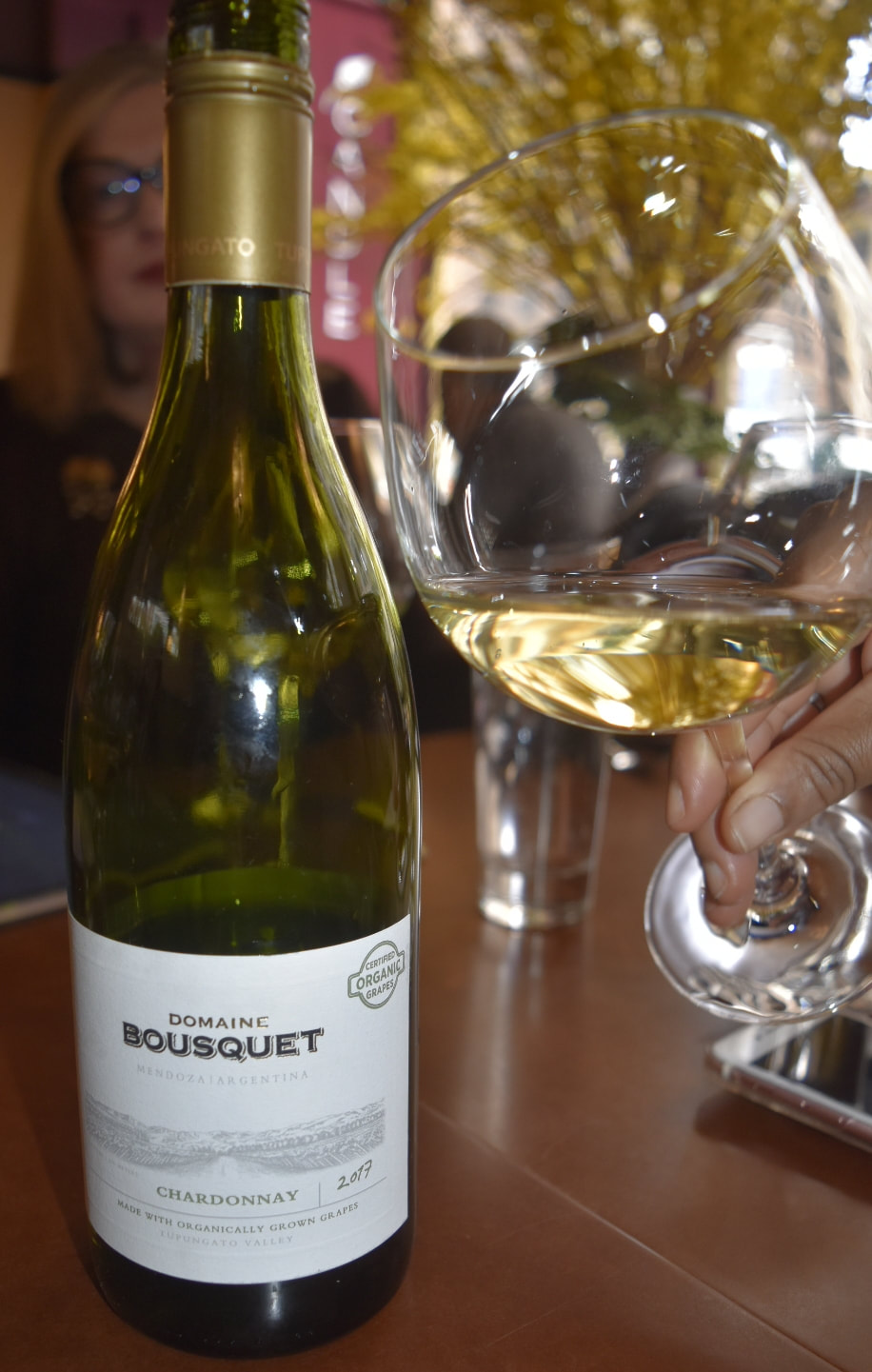
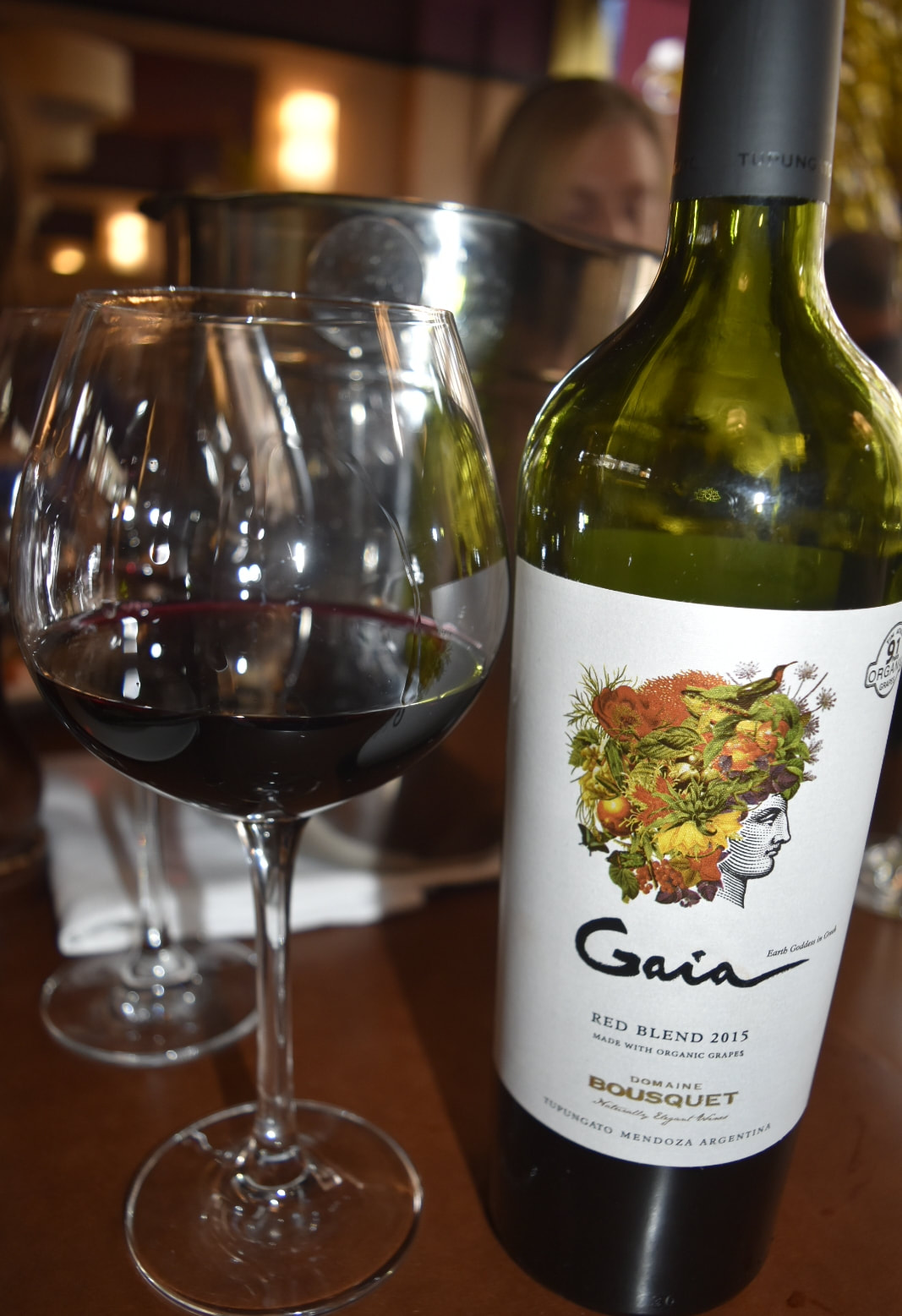
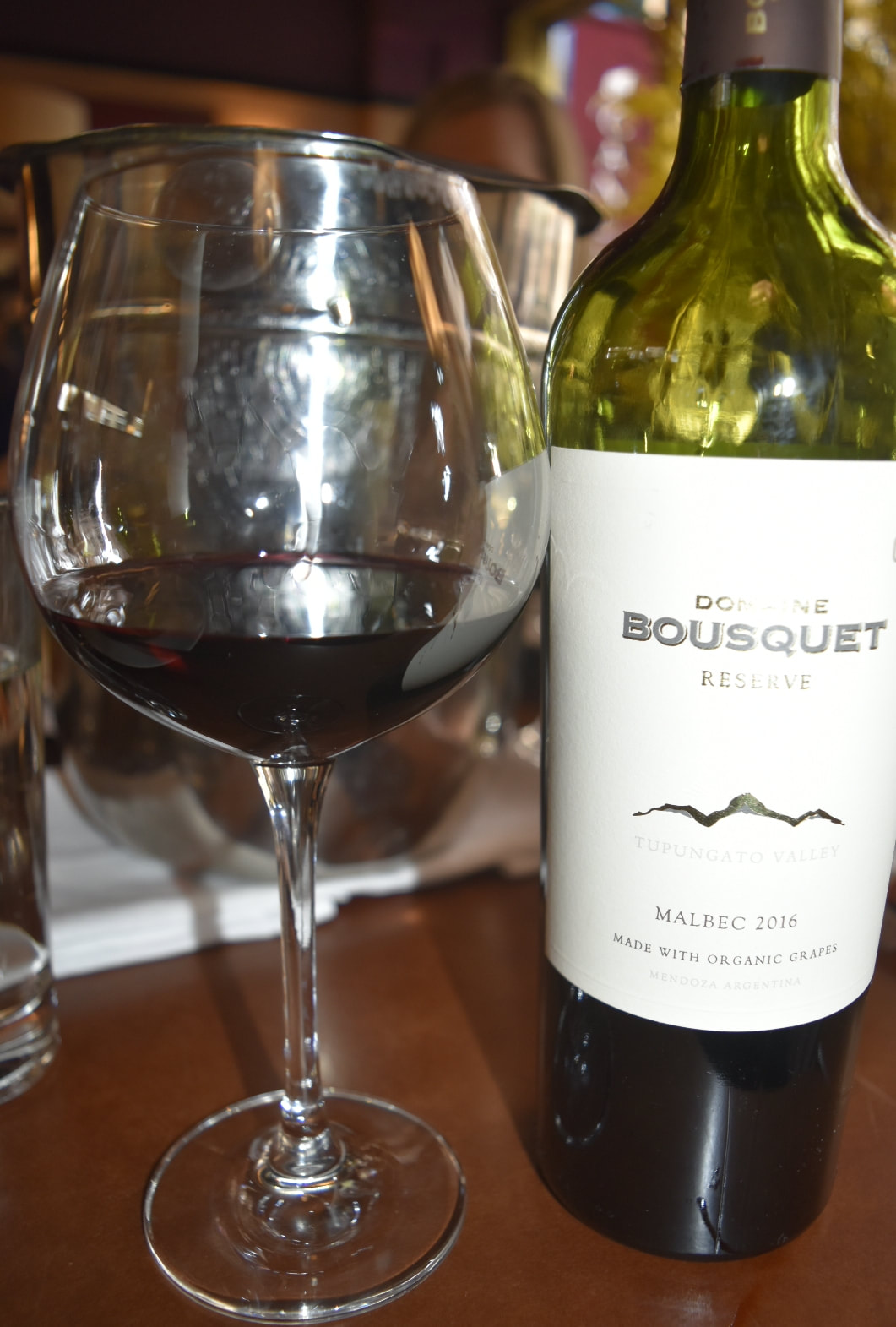
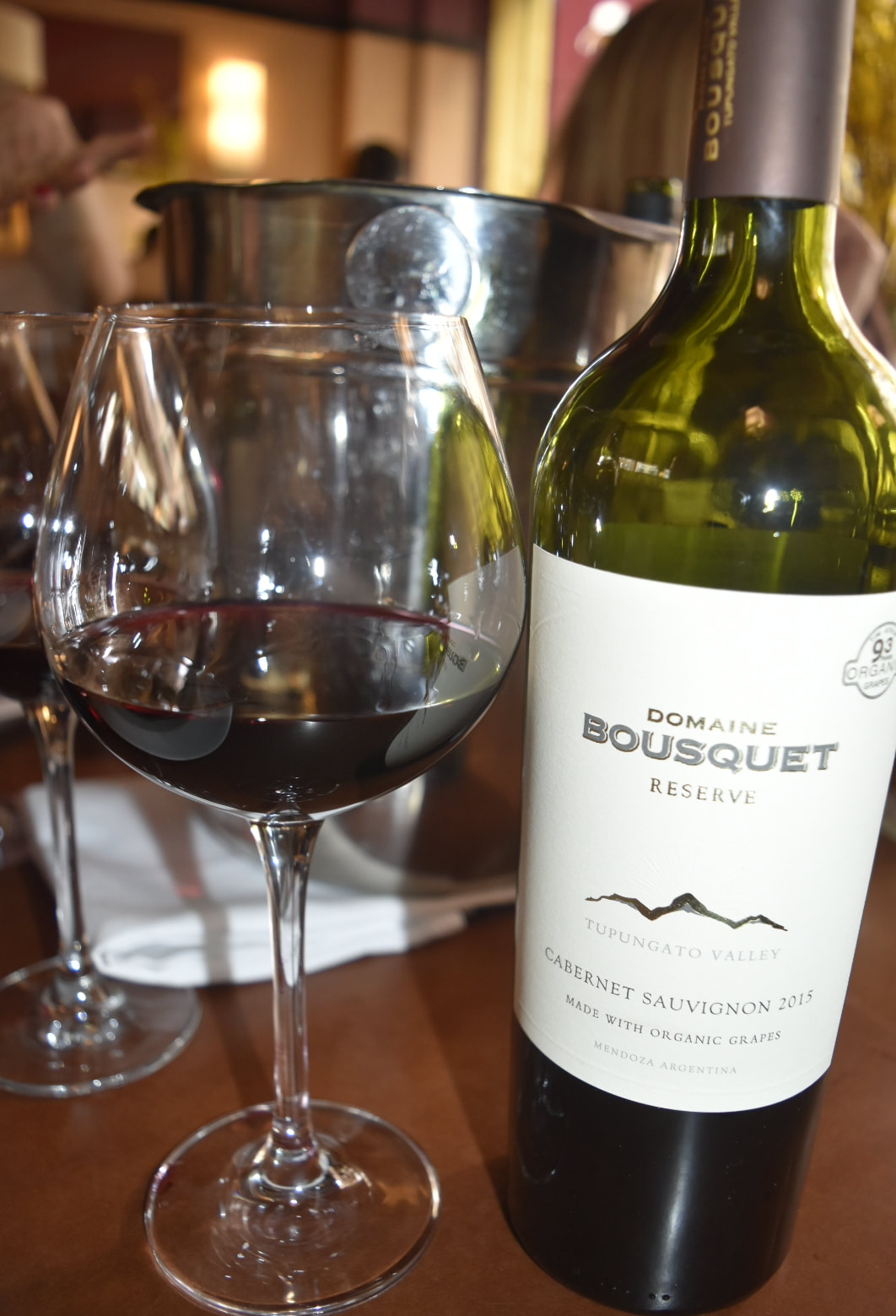
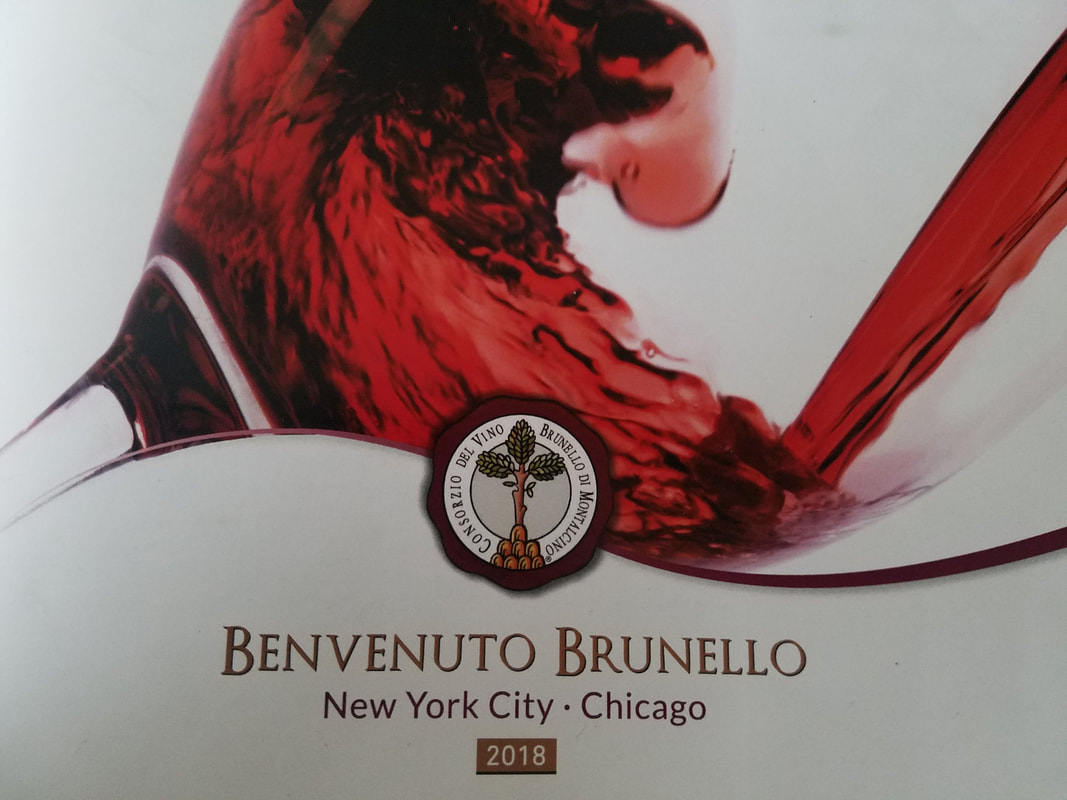
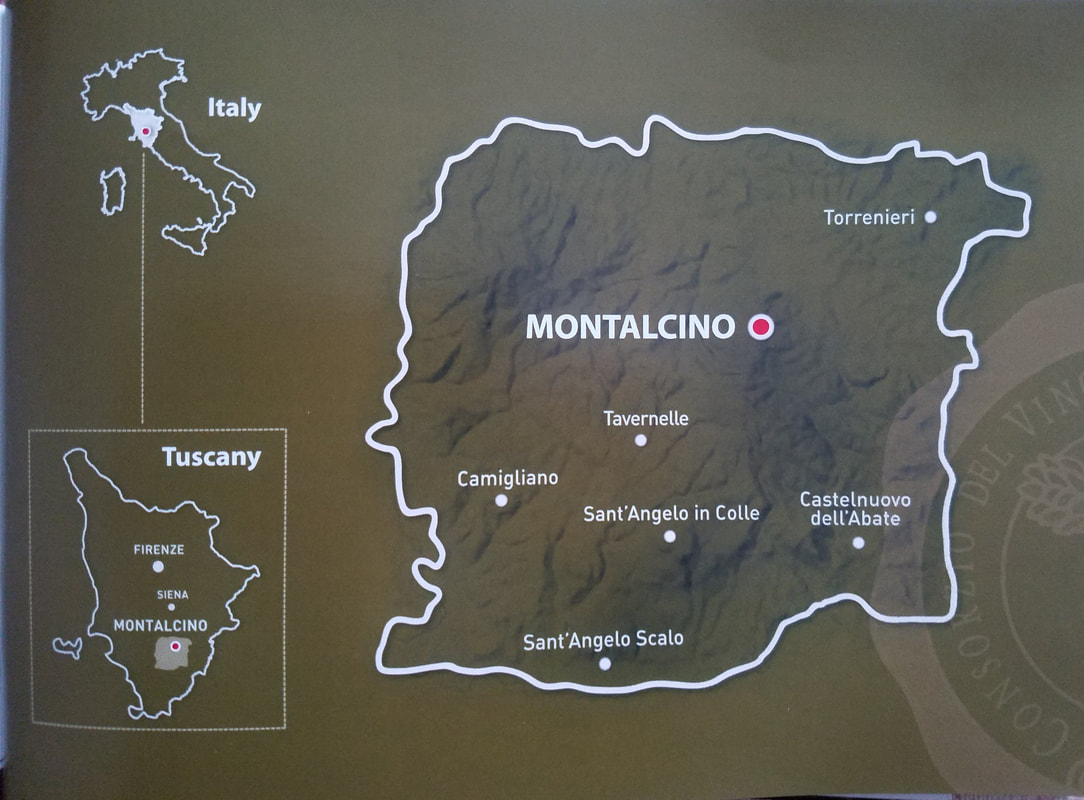
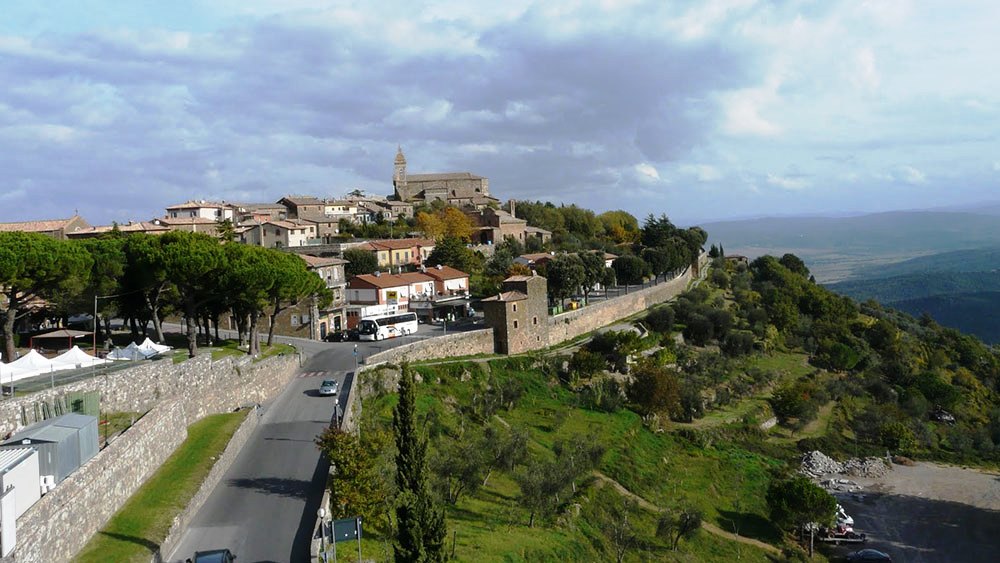
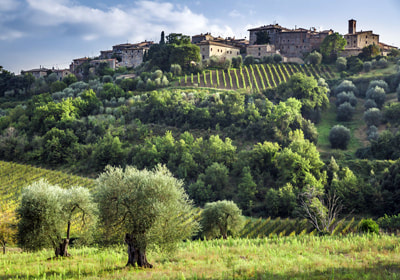
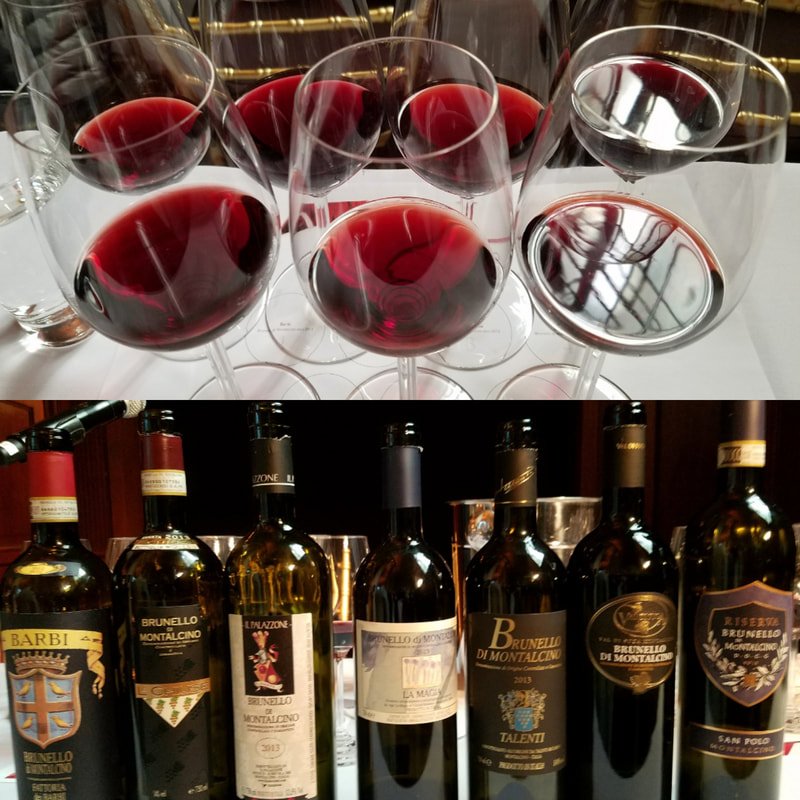
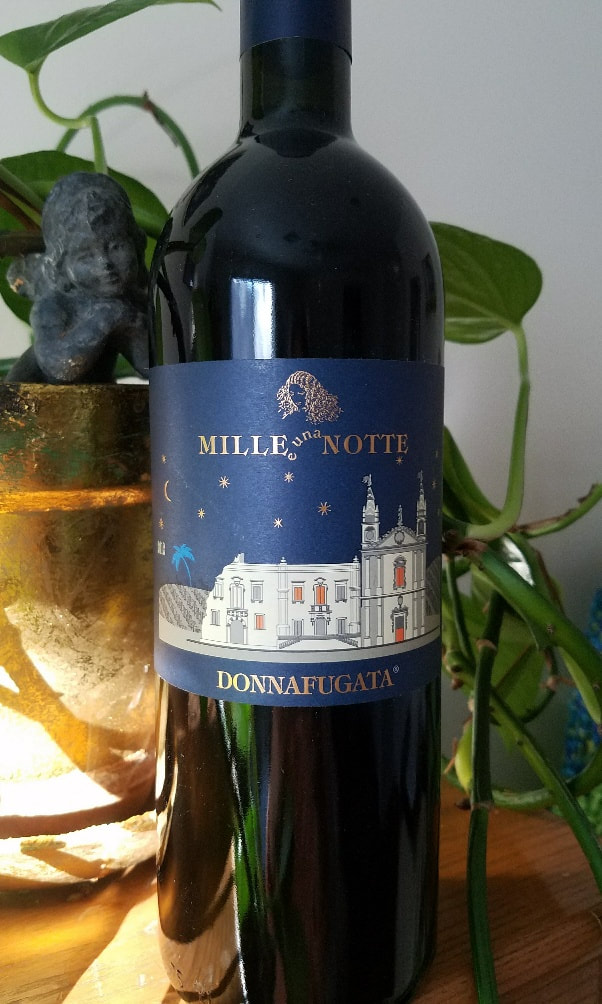


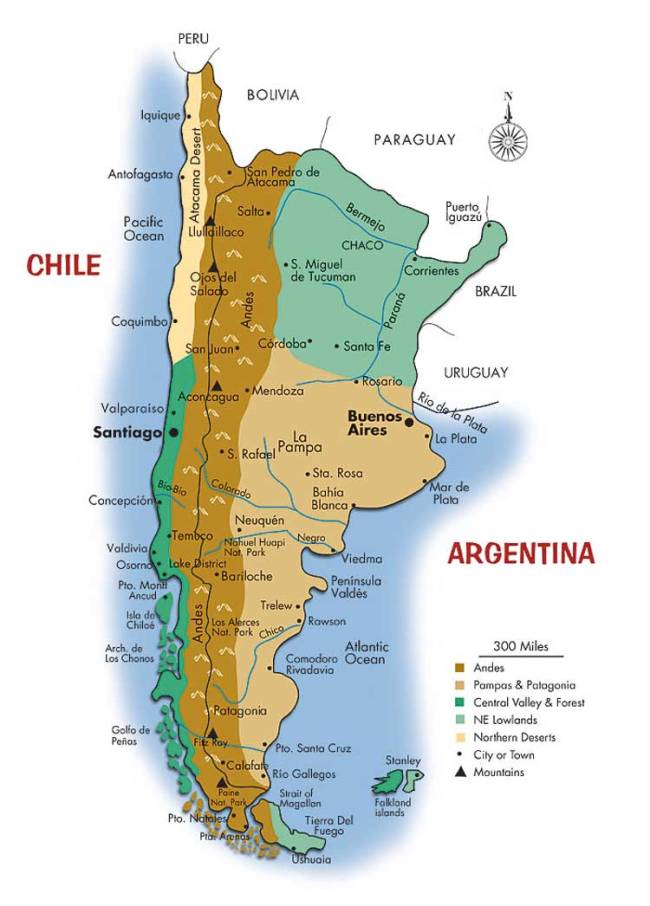
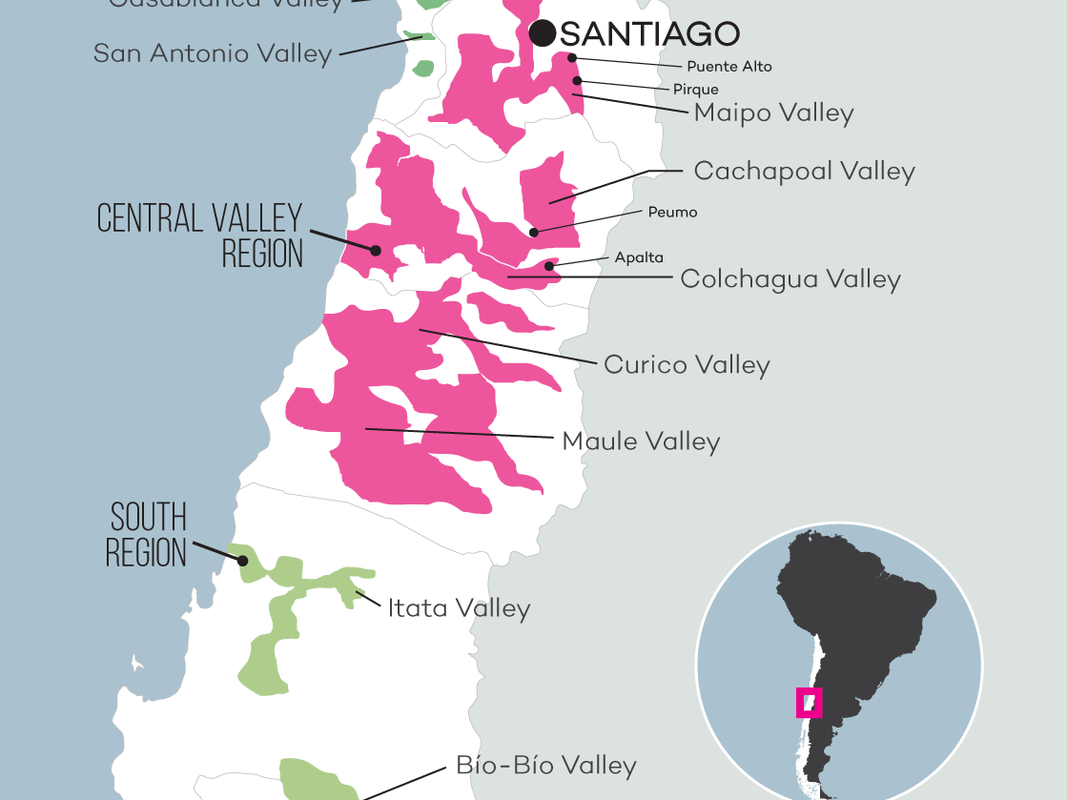
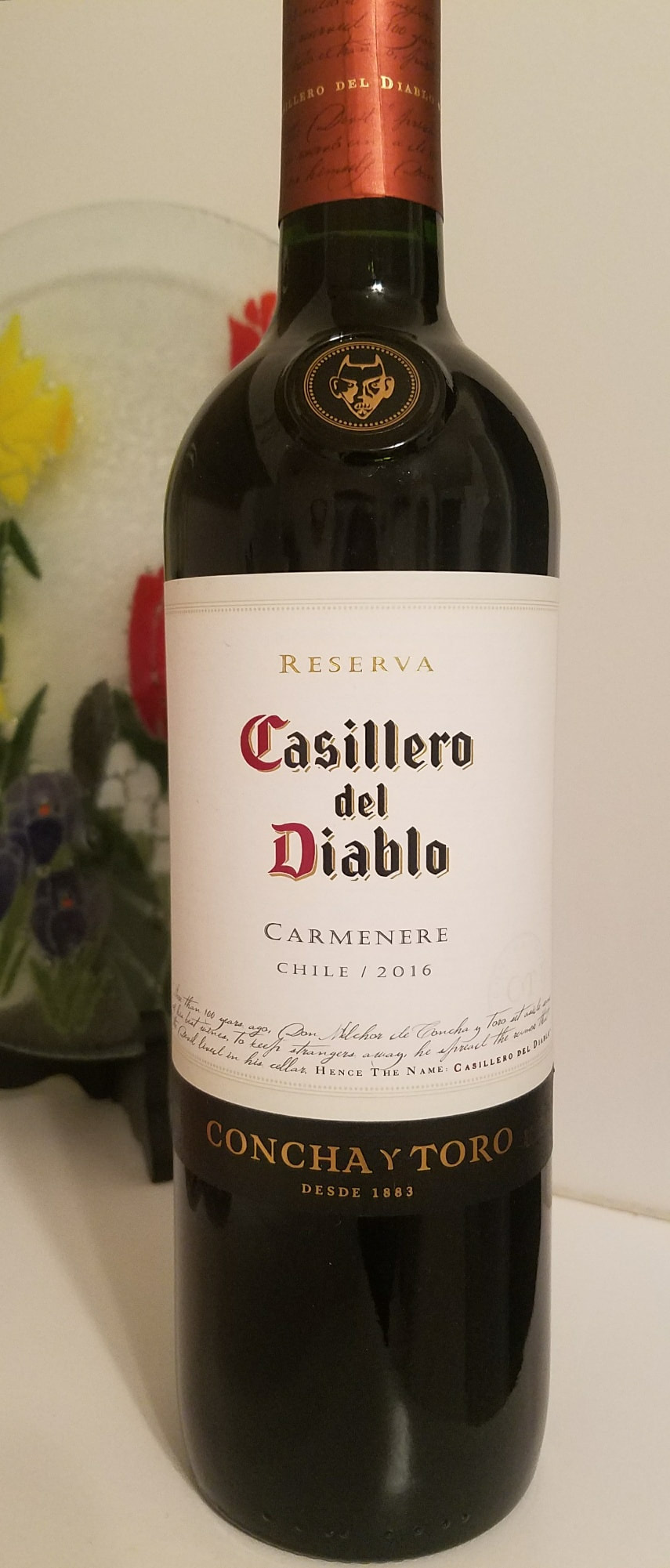
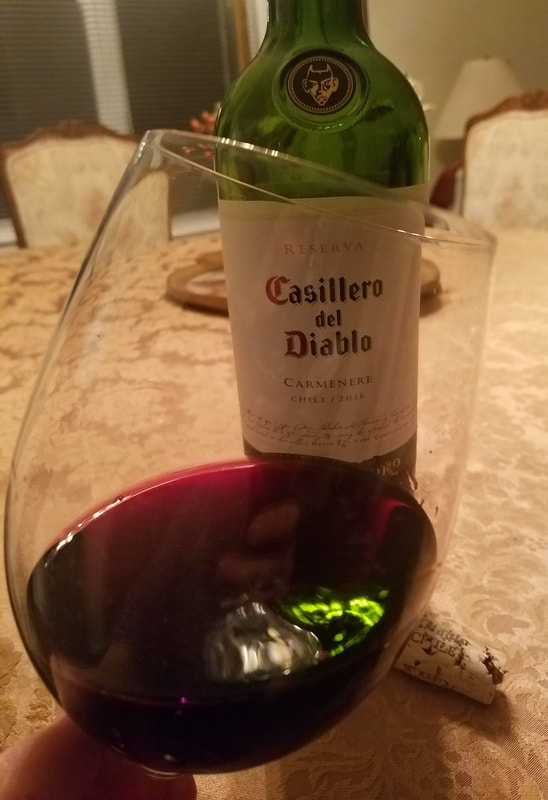

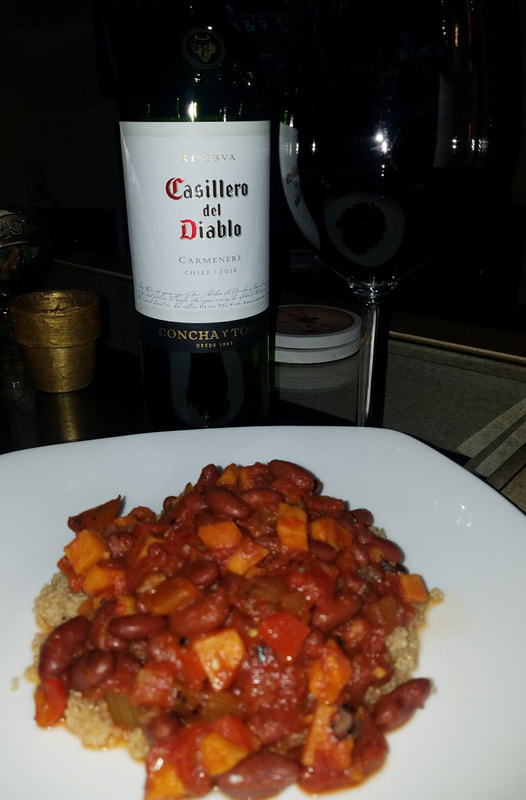
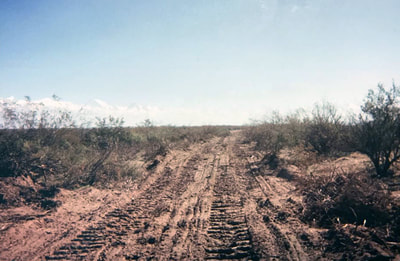
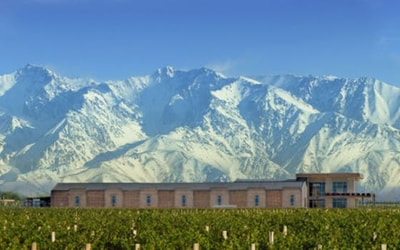
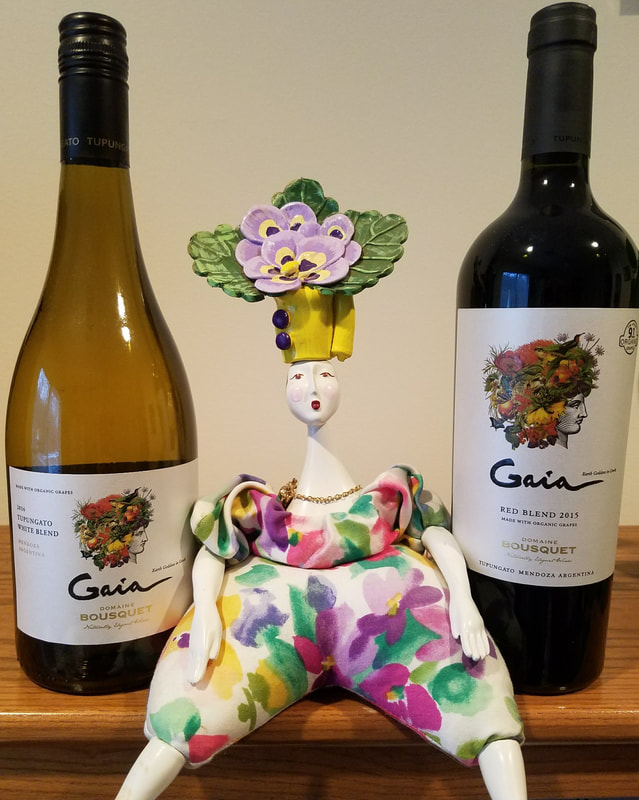
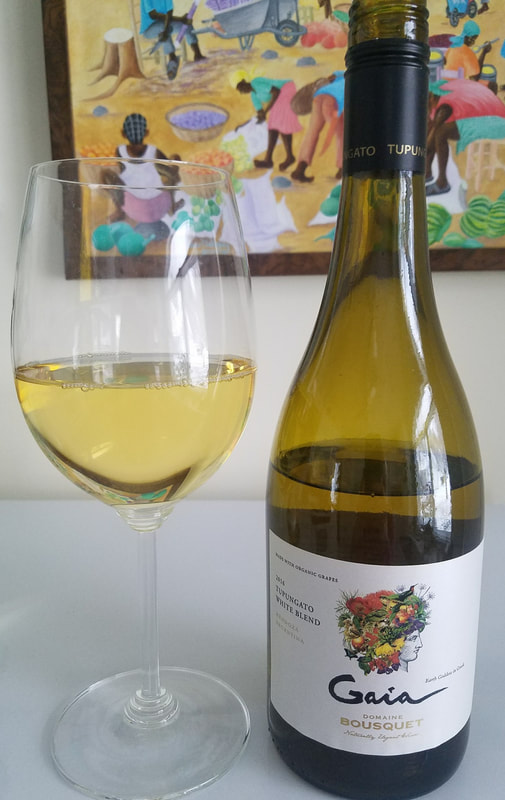
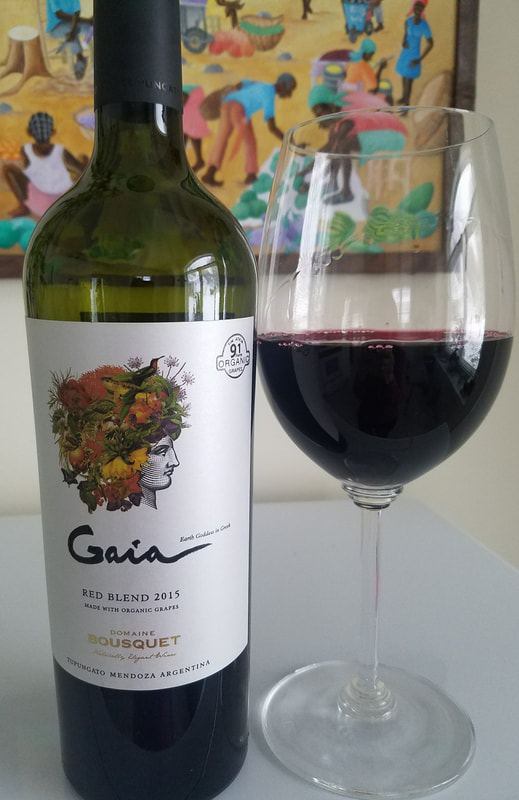
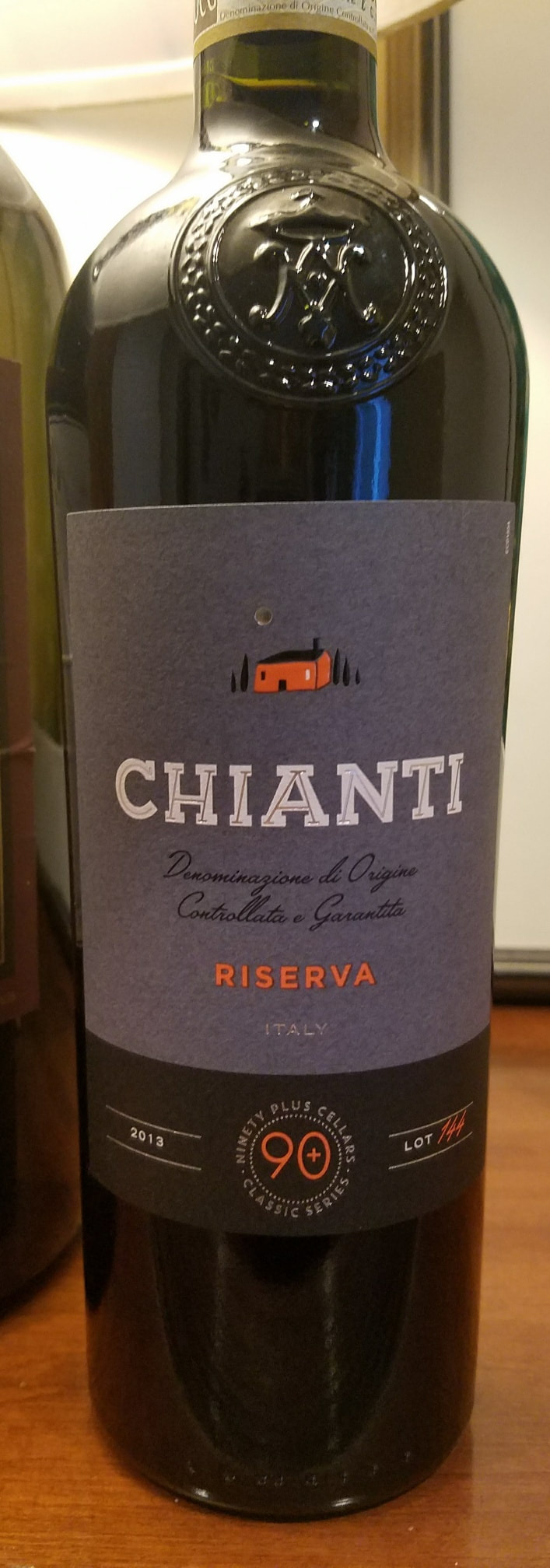
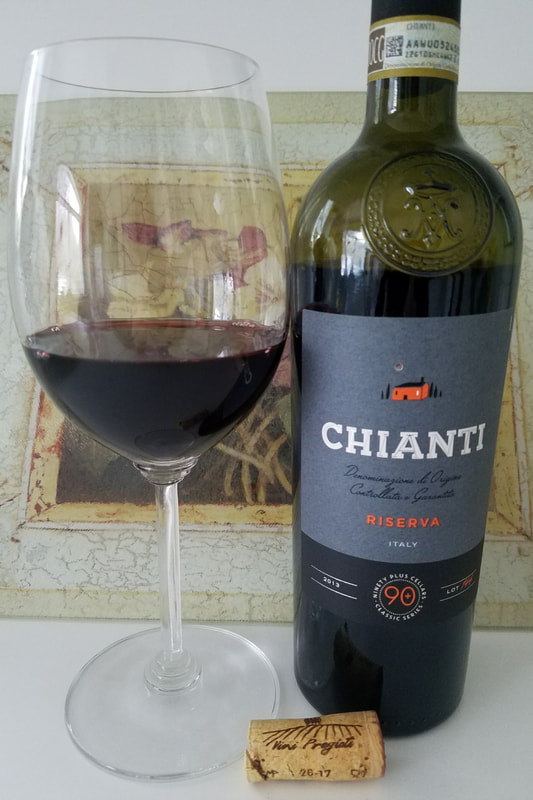
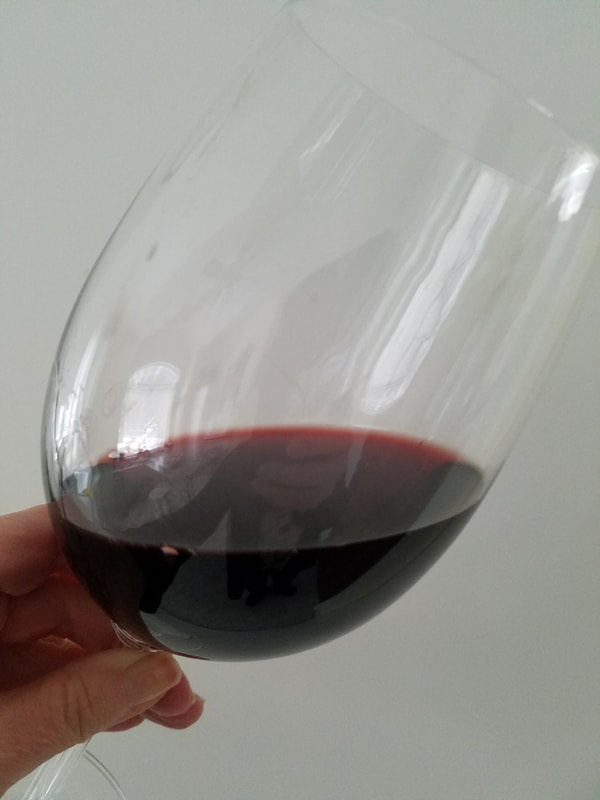
 RSS Feed
RSS Feed